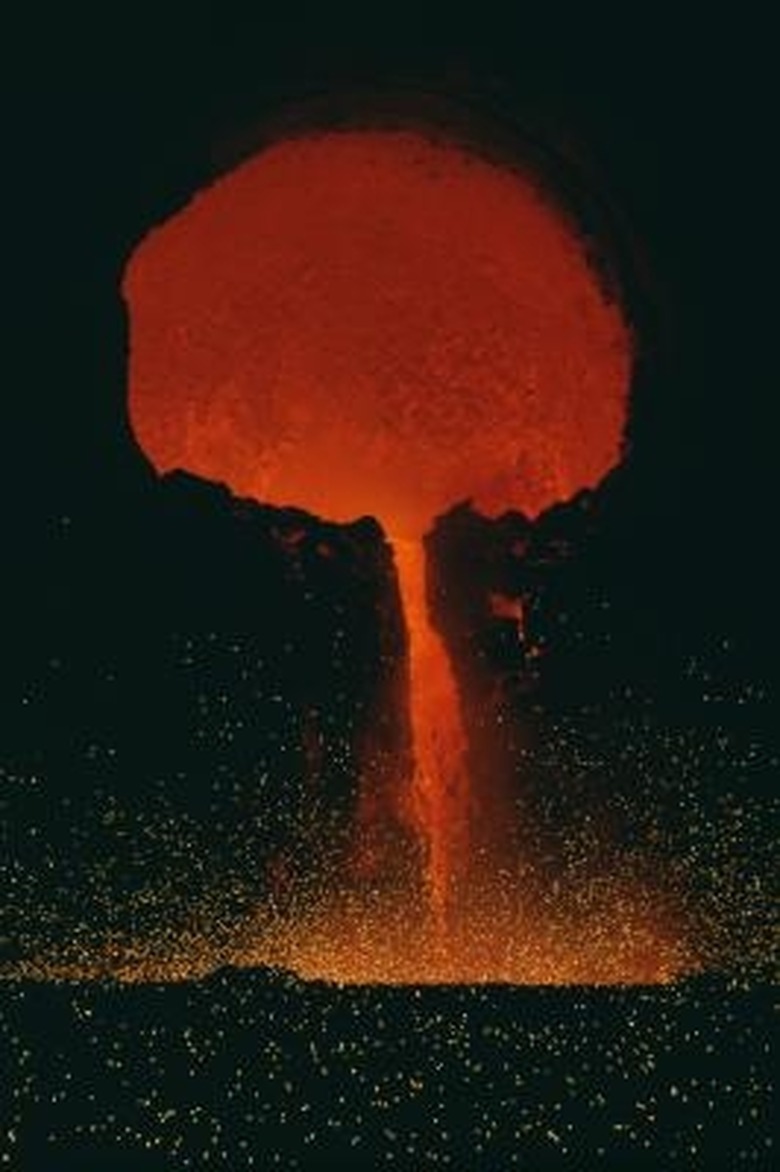How Are Volcanoes' Eruptions Measured?
Introduction
Volcanoes are large raised holes in the planet that can push large amounts of hot lava out onto the planet's surface. This lava is hot magma, rock and various gases that dwell underneath the planet's surface. Once the magma reaches the planet's surface, it is lava. It travels out in the form of an eruption. Eruptions are dangerous and violent and can destroy anything they land on.
Eruptions
Eruptions
Eruptions can happen one of two ways. It can be very peaceful and lava just flows along slowly, nothing to really worry about. Then there are the eruptions that are so huge and emit so much debris and gas that it can prevent the sun from shining through for many years. A scale is used to help measure and keep track of eruptions. People who study volcanoes use this scale, known as the Volcanic Explosive Index, or VEI. This scale works just like the Richter scale, which measures the amplitude of earthquakes.
Eruption Scale
Eruption Scale
The scale ranges from a 0 or 1, which are the most peaceful, small, lava eruptions, and numbers 2, 3, 4, which are the small to medium eruptions that happen maybe once a year. No. 5 on the scale are eruptions that happen every 10 years, give or take. No. 6 are eruptions that happen every 100 years. When it comes to 7, they happen every 1,000 years or so and are very destructive. No. 8 tops out the scale and these are eruptions that occurred from 73,000 years to 1 million years ago. These are eruptions that are so devastating that it could tremendously affect the earth's population. They can cause what is known as a volcanic winter. This is when the ash from the eruption is so thick that it clouds out the sun for many many years.
All these eruptions are put into this scale based on math termed as logarithms. Each number equates to an eruption that is 10 times bigger than the one before it. It only measures the content of the eruption matter that the volcano pushes out, not the mass of the eruption matter or the power behind the eruption. As of right now, scientists are trying to devise a better scale that measures eruption not by the volume or density, but by the amplitude of it. If the new scale is accepted, it can not be used for volcanoes that happened over 1 million years ago or eruptions that happened when no one was watching the actual eruption.
How the VEI Works
How the VEI Works
When a volcano erupts, the explosiveness is then measured. The amount of matter ejected from the volcano and how tall the clouds are are then measured. The debris, such as ash, gas and rock, are lumped into one. They are known by the term Dense-Rock Equivalent, or DRE. This is then assessed to tell how much lava has been pushed out of the volcano.
Cite This Article
MLA
Diamond, Giselle. "How Are Volcanoes' Eruptions Measured?" sciencing.com, https://www.sciencing.com/how-volcanoes-eruptions-measured-4923440/. 24 April 2017.
APA
Diamond, Giselle. (2017, April 24). How Are Volcanoes' Eruptions Measured?. sciencing.com. Retrieved from https://www.sciencing.com/how-volcanoes-eruptions-measured-4923440/
Chicago
Diamond, Giselle. How Are Volcanoes' Eruptions Measured? last modified March 24, 2022. https://www.sciencing.com/how-volcanoes-eruptions-measured-4923440/
